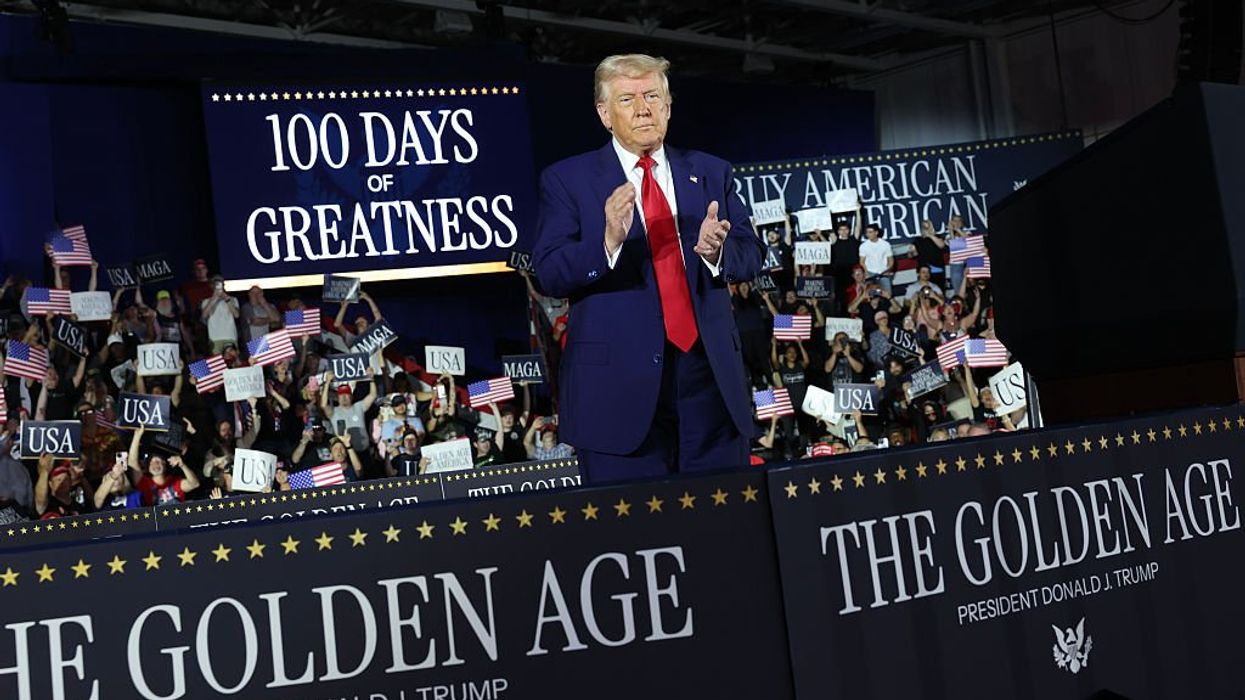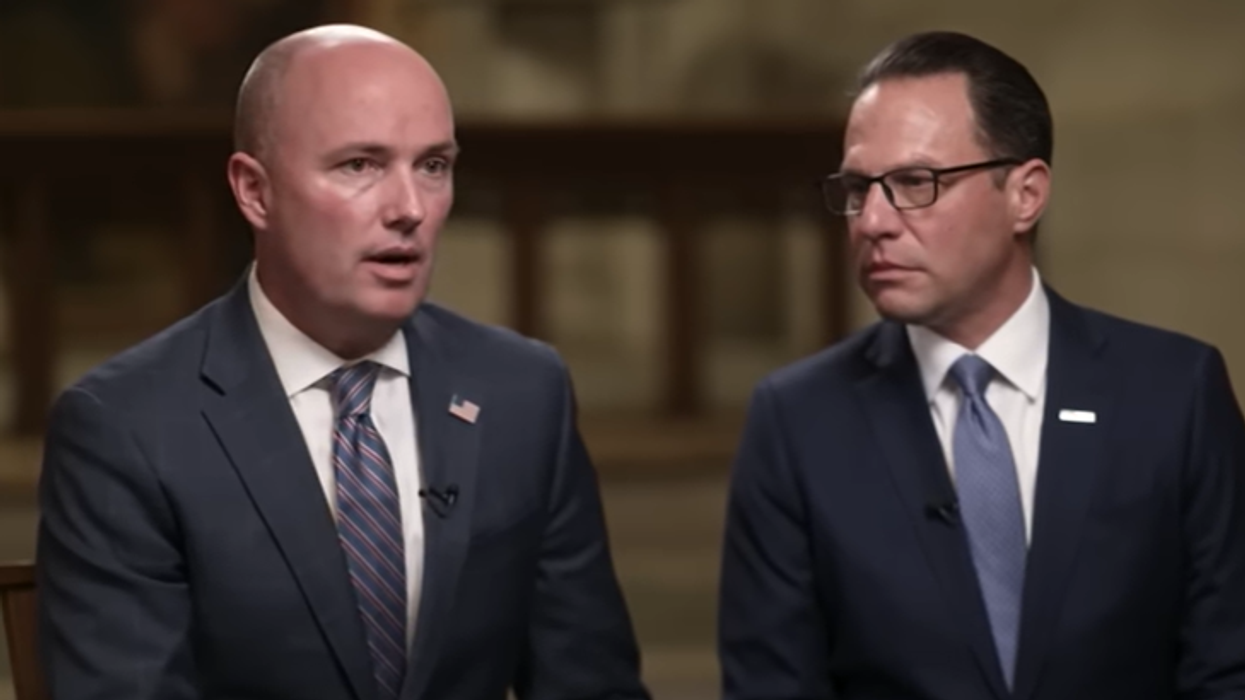In distilling lessons from my research on American Schism, I often refer to a secret sauce or magic formula that U.S. citizens deployed at times during our history to productively bridge major societal divisions. To be clear, in these periods, the rifts endured but relying on the formula’s specific ingredients led us to better outcomes as compared to other eras when this formula was abandoned. In the former moments, we often forged new policy solutions — in the latter, we often experienced violent episodes.
One of the three key elements of this magic formula is what I label deep empathetic listening (stay tuned to this series for future discussion of the other two elements). Sounding simple but too often forsaken today, this form of listening is not easy work. It is analogous to a routine practice from high school debate club: first, through research and critical thinking, one constructs a rational argument for a particular point of view supported by data and carefully vetted sources. Then, perhaps a week later, one is assigned the same but from the opposing point of view. It is perhaps not surprising that our civic discourse has collapsed today — with current communication methods and platforms such as social media, critically researched data is sparse while sanctimonious outrage is omnipresent.
Thus, I have taken refuge during the Trump 2.0 chaotic first 100 days to heed my own advice. Specifically, I have been engaging Trump supporters to better understand their perspectives. Hardly a homogenous group, many core MAGA enthusiasts have emerged from the stifled rage, accumulated over decades, and a consequent loss of trust in the establishment. I have alluded frequently in this series to the pent-up acrimony that Trump successfully weaponized to build his base. Moreover, I have described why such animosity was justified: how can we possibly blame those who have suffered under an elite-mandated economic globalization wherein the fruits of the promised economic prosperity accrued disproportionately to the top 1%? To literally add insult to injury, the leaders of both political parties, as opposed to crafting better public policy, either ignored or displayed nothing but disdain in recent decades for the millions of Americans left behind.
The result is the cult-like adoration Trump receives amongst large swaths of Americans for attempting to finally put a stop to the carnage. Despite how much has been written about this in recent years, many elites have yet to recognize, much less come to terms with, their policy failures. Why are so many in the establishment in blunt denial of their responsibility? After all, globalization did not simply transpire, it was championed by the same bipartisan leaders that reaped its rewards while insulating themselves from its costs. In my view, Trump supporters in these groups must be vindicated since their reactions are rational given the devastating policy that has led to hallowed out rural areas, few prospects for young non-college-educated citizens, and an opioid crisis.
At the same time, there are past precedents that merit close examination to understand our present social polarization. Analogous to our current period, we have frequently experienced pendulum swings over our 250-year history between opposing elite and populist forces, each vying for power. This very dynamic animated the original American Schism wherein the Federalists and the Jeffersonians waged war. Examining how the derivative tensions have evolved across different points of our history can shed much light on our current crisis. One particularly insightful historical antecedent starts with the Gilded Age in the late 19th century when the grievances represented by the Farmers Alliance and the People’s Party were stridently expressed. These bottom-up movements did in fact lead to systemic changes, albeit a few decades later in the early 20th century Progressive Era. Similarly, in the face of the Great Depression, FDR-era reforms represented another pendulum shift from Wall Street to Main Street.
As a former CEO and marketing executive myself, I have more recently been engaging members of the business establishment who support Trump to better appreciate their viewpoint. I have heard some very lucid explanations that characterize Trump’s approach as a needed strategic recalibration to redefine American power in an era of global uncertainty. While conceding the disruptive nature and recognizing the risks, many argue that Trump’s path is required to contain the China threat and push Europe to shoulder its own defense. Further, these supporters believe that shrinking the Federal government and pushing the locus of control down to the states is consistent with the model of Jeffersonian government envisioned by some of our founders.
Space here does not permit me to fully delineate their arguments but suffice it to say that many of these Trump supporters are people I greatly respect and admire, despite my disagreements with many of their views. But after having many of these conversations, one glaring contradiction stands out to me like a sore thumb. Namely, most of the administration's actions are simply not consistent with the professed objectives of this plan. Instead of reorienting or building anew the institutions necessary to implement this new direction, the actions so far observed seem much more intent on delivering the frequently promised retribution. There has been scant indication via word or deed that the administrative goal is to rebuild or reconstitute our American institutions — in fact, the entire focus has been on tearing them down and relishing in the resulting indignation in elite circles. Traditional conservative values require a healthy respect for institutions, a willingness to acknowledge that the accumulated knowledge contained therein is not easily replicated and should be challenged but not trampled upon. In a sentence, Trump 2.0 so far empirically resembles something much closer to a 1930s Stalinist purge of non-loyalists than a 1950s Eisenhower-led re-architecture of the post-WWII U.S. military.
I have asked my interlocutors how Trumpian retribution accomplishes the agenda they profess he is following. I have not as of yet heard any satisfying response. Perhaps, if I could see the Trump administration act more like a playwright than a critic, building something new in the wake of all they have destroyed, I might be more sympathetic to their arguments.
Seth David Radwell is the author of “American Schism: How the Two Enlightenments Hold the Secret to Healing our Nation ” winner of last year’s International Book Award for Best General Nonfiction. He is a frequent contributor as a political analyst and speaker within both the business community and on college campuses both in the U.S. and abroad.




















